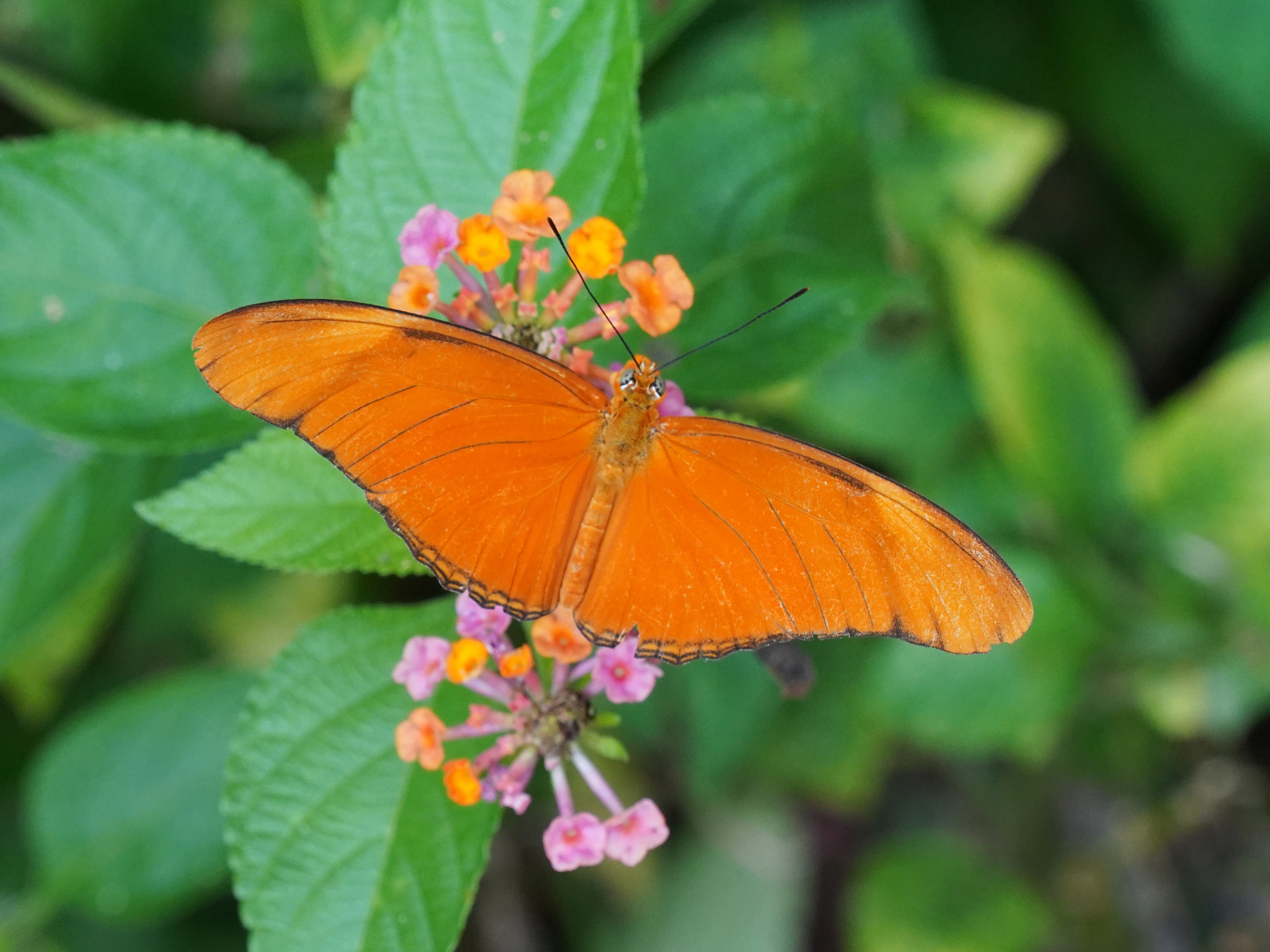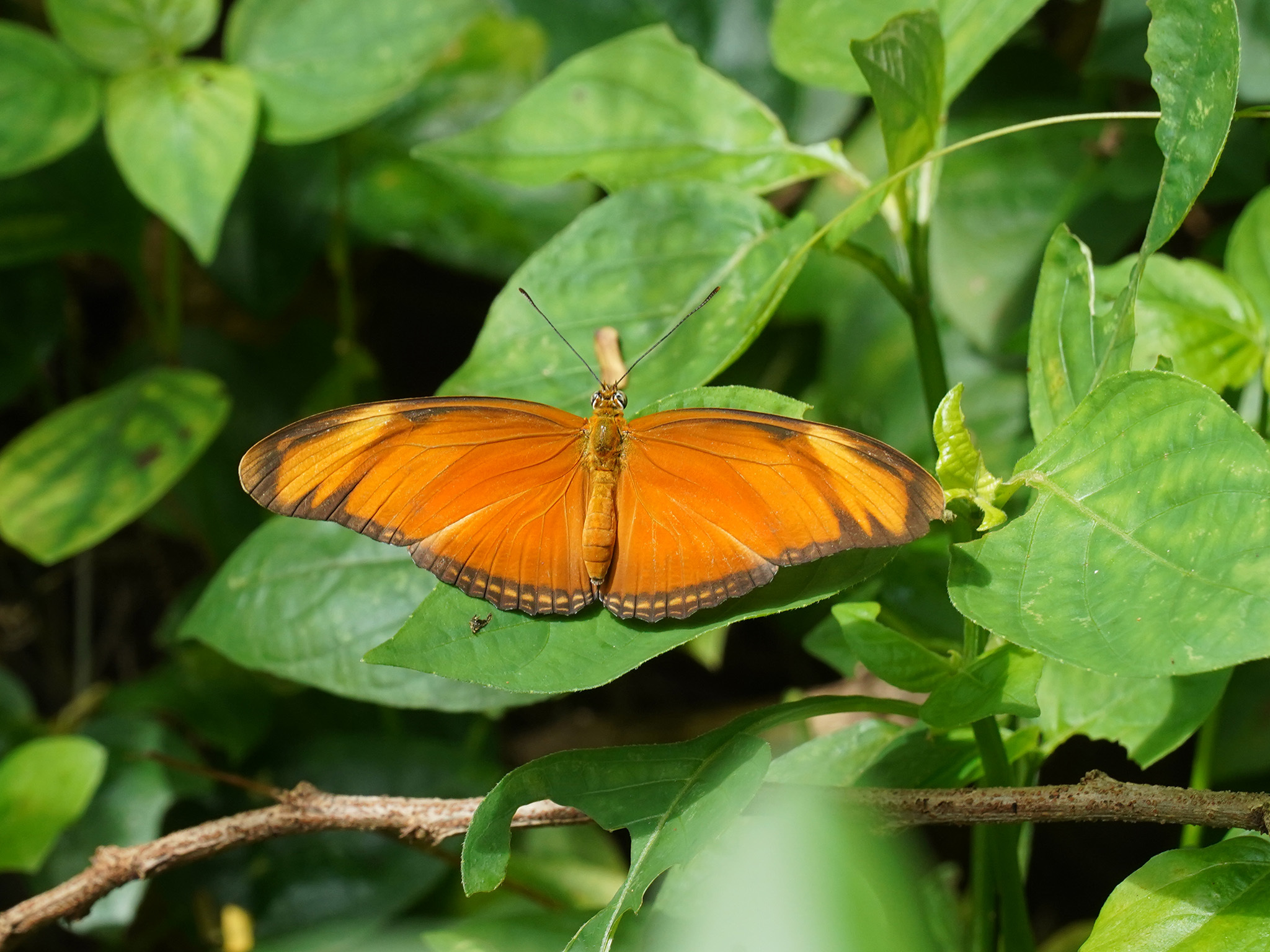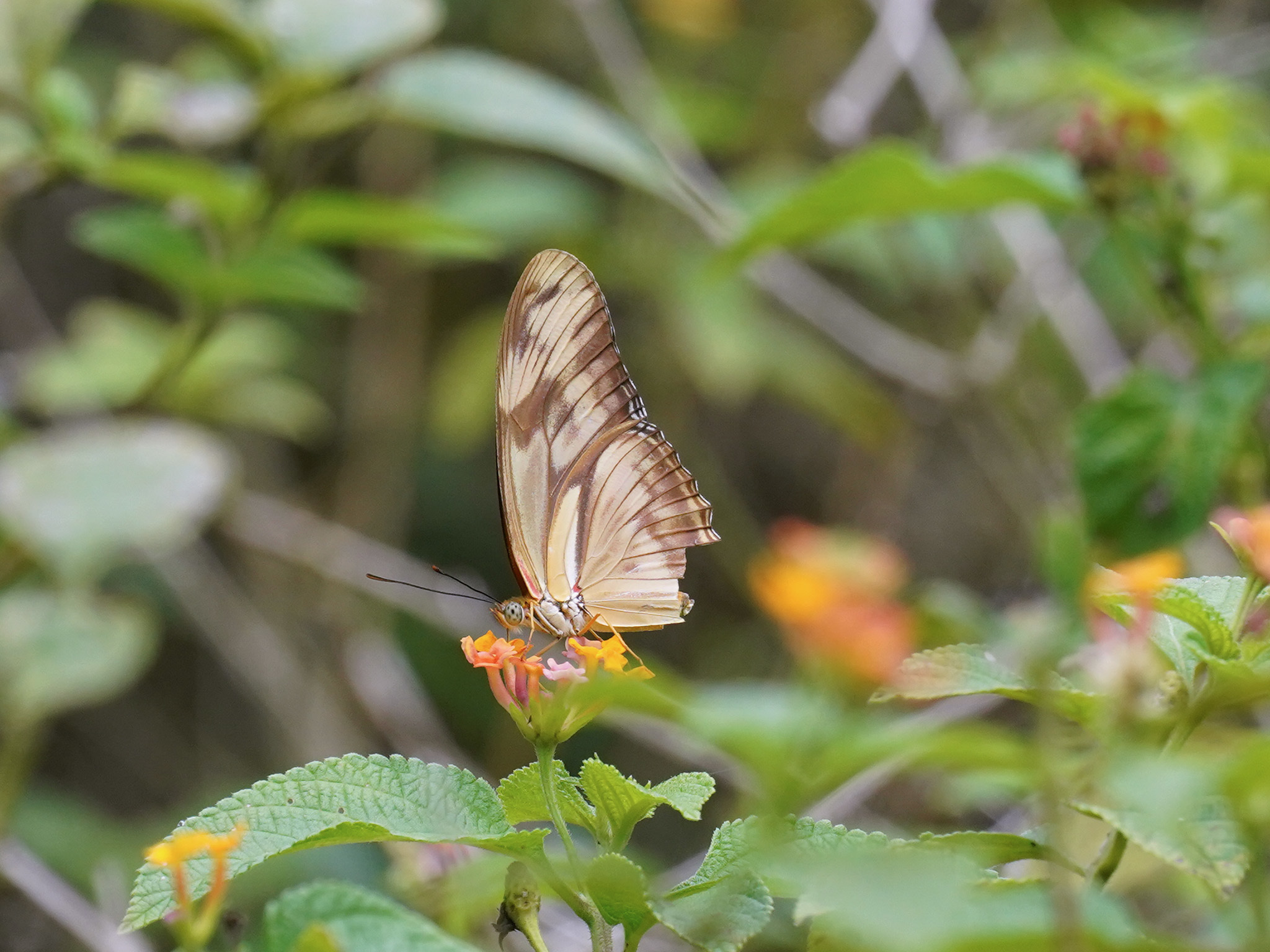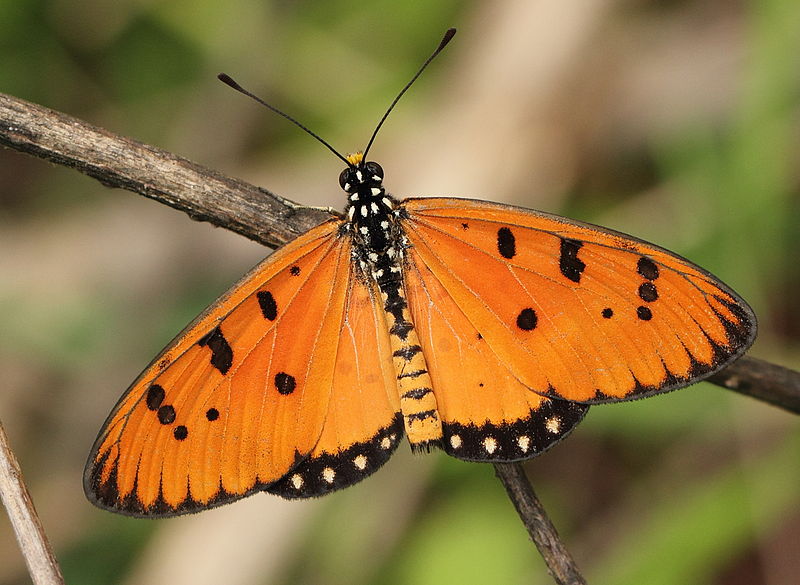Follow us on Telegram for the latest updates: https://t.me/mothershipsg
Nature Society Singapore (NSS) is calling for sightings of an alien in Singapore - Julia Heliconian, whose scientific name is Dryas iulia.
Julia is a neotropical butterfly, which means it is native to Central and South American countries like Brazil, Ecuador, and Bolivia.
 Julia Heliconian. Image by Gan Cheong Weei via NSS.
Julia Heliconian. Image by Gan Cheong Weei via NSS.
Have you seen Julia?
According to NSS, the Julia butterfly has been spotted at Lazarus Island and HortPark.
On Sep. 27, a Facebook user on the "ButterflyCircle" group also identified it at Tampines Eco Green.
People are encouraged to keep a look out for it, especially at the southern parts of Singapore, including Sentosa.
Here are the features you should keep an eye out for:
- Fast flying
- Orange-coloured butterfly
- Long narrow wings
- Flies typically at shoulder height
- Twice as large as a Tawny Coster butterfly, which typically flies close to the ground
 Julia Heliconian. Image by Gan Cheong Weei via NSS.
Julia Heliconian. Image by Gan Cheong Weei via NSS.
 Julia Heliconian. Image by Gan Cheong Weei via NSS.
Julia Heliconian. Image by Gan Cheong Weei via NSS.
Share your sighting
If you do spot the butterfly, or any other interesting finds in your next nature adventure, you can upload your sighting on the NSS Nature Sightings Project page.
So far, there have been 29 observations of Julia on iNaturalist since August 2021, made by 4 contributors.
Introduced from Costa Rica
Populations of Julia have been well-established in Thailand and Malaysia since 2007.
A study done in 2014 indicated that Julia's proliferation in Southeast Asia originates from a butterfly farm in Phuket, where they release butterflies at weddings and Buddhist ceremonies.
Using DNA samples, it was found that the butterflies were likely exported from another farm in Costa Rica.
Julia's host plants are passionflowers Passiflora suberosa and Passiflora foetida, both non-native plants that have been documented to be found on St. John Island.
According to ButterflyCircle, Passiflora suberosa is also host to another introduced butterfly, the Tawny Coster, which probably followed a similar colonisation route to find its way to Singapore in 2006.
 Tawny Coster. Image by Binu Balakrishnan/Wikimedia Commons.
Tawny Coster. Image by Binu Balakrishnan/Wikimedia Commons.
Citizen science
With data collected from the public, the Butterfly and Insect Group at NSS can better monitor the population and distribution of Julia.
For rare animals like pangolins, the Singapore Pangolin Working Group relies on observations made by park goers to learn more about the elusive and critically endangered creature.
The National Parks Board also hosts several citizen science programmes, where members of the public can learn more about animals like herons, butterflies and dragonflies.
Follow and listen to our podcast here
Top images by Gan Cheong Weei via NSS.
If you like what you read, follow us on Facebook, Instagram, Twitter and Telegram to get the latest updates.
